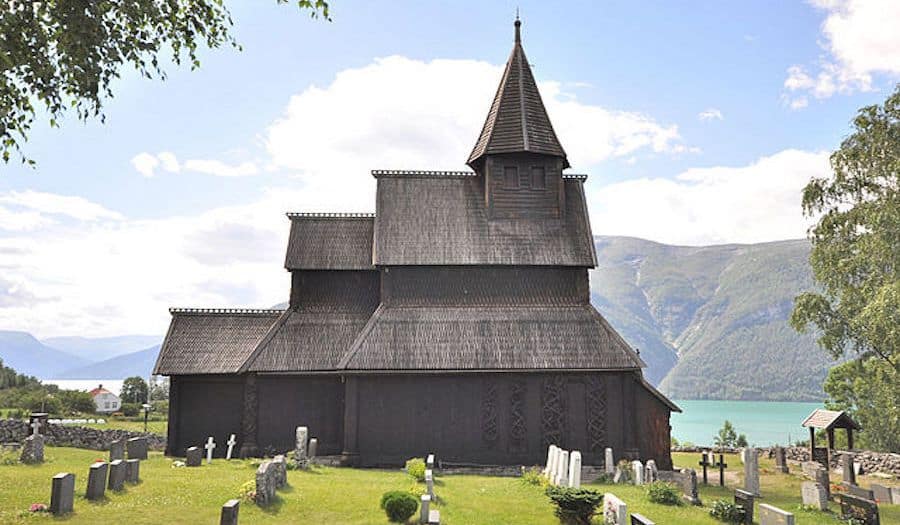Much like Ascension Day, Pinse is another Christian-based public holiday in Norway. It is also known as Whit Monday.
This holiday takes place 10 days after Ascension Day and falls on a Sunday and Monday. It’s considered a public holiday and long weekend in Norway.
How do Norwegians celebrate Pinse?
As it’s a religious holiday most Norwegians don’t do much in terms of observance. This is a society that would much rather spend their Sundays on a hike than sitting in a church.
Still, Norwegians enjoy taking all faith-based public holidays because they have faith in something also considered a divine experience here. That being a rare sunny day in Norway. You see the majority of these religious holidays fall in May and June, right when Spring is starting and the sun makes its first real showing since lasts summer. So Norwegians celebrate the day the best way they know-how.
At their summer cabin and with close access to nature.
Pinse History and Origins
Pinse, more commonly known globally as Pentecost, is a significant holiday in Norway as it is in many Christian nations worldwide. The name “Pinse” comes from the Greek word “pentecoste,” which means “the fiftieth.” The holiday takes place on the fiftieth day after Easter Sunday, celebrating the descent of the Holy Spirit upon the Apostles and other followers of Jesus Christ. It marks a significant event in Christian history and is considered the birth of the Christian Church.
Pinse Celebrations and Traditions
Pinse in Norway is typically celebrated over two days, known as First and Second Pinse Day (Første and Andre Pinsedag). It is a public holiday, with most businesses and schools closing down to observe the occasion. Traditionally, church services are held on both days, where Norwegians come together in community and prayer.
While Pinse is a religious holiday, it also heralds the arrival of late spring and early summer in Norway. As such, many Norwegians take advantage of the long weekend to enjoy outdoor activities, go on short vacations, or simply spend quality time with family and friends. Hiking, picnicking, and enjoying the natural beauty that Norway offers are popular activities during this time.
Pinse Food and Cuisine
Like most holidays, Pinse also has its culinary traditions. Though there are no specific foods linked strictly to Pinse, the holiday is typically marked by hearty family meals, often featuring seasonal produce. This could include fresh fish from Norway’s abundant waters, locally sourced lamb, or a variety of traditional Norwegian dishes.
Pinse Impact on Norwegian Society
While the religious significance of Pinse might not hold as strong an influence in modern Norwegian society as it once did, the holiday still represents a time for relaxation, family, and appreciation of the natural world. In this sense, Pinse also embodies quintessential aspects of Norwegian culture – a deep respect for nature, the importance of family, and the value of community. Whether it is through attending a church service, hiking in the mountains, or enjoying a family meal, Pinse serves as a reminder of these important values.
